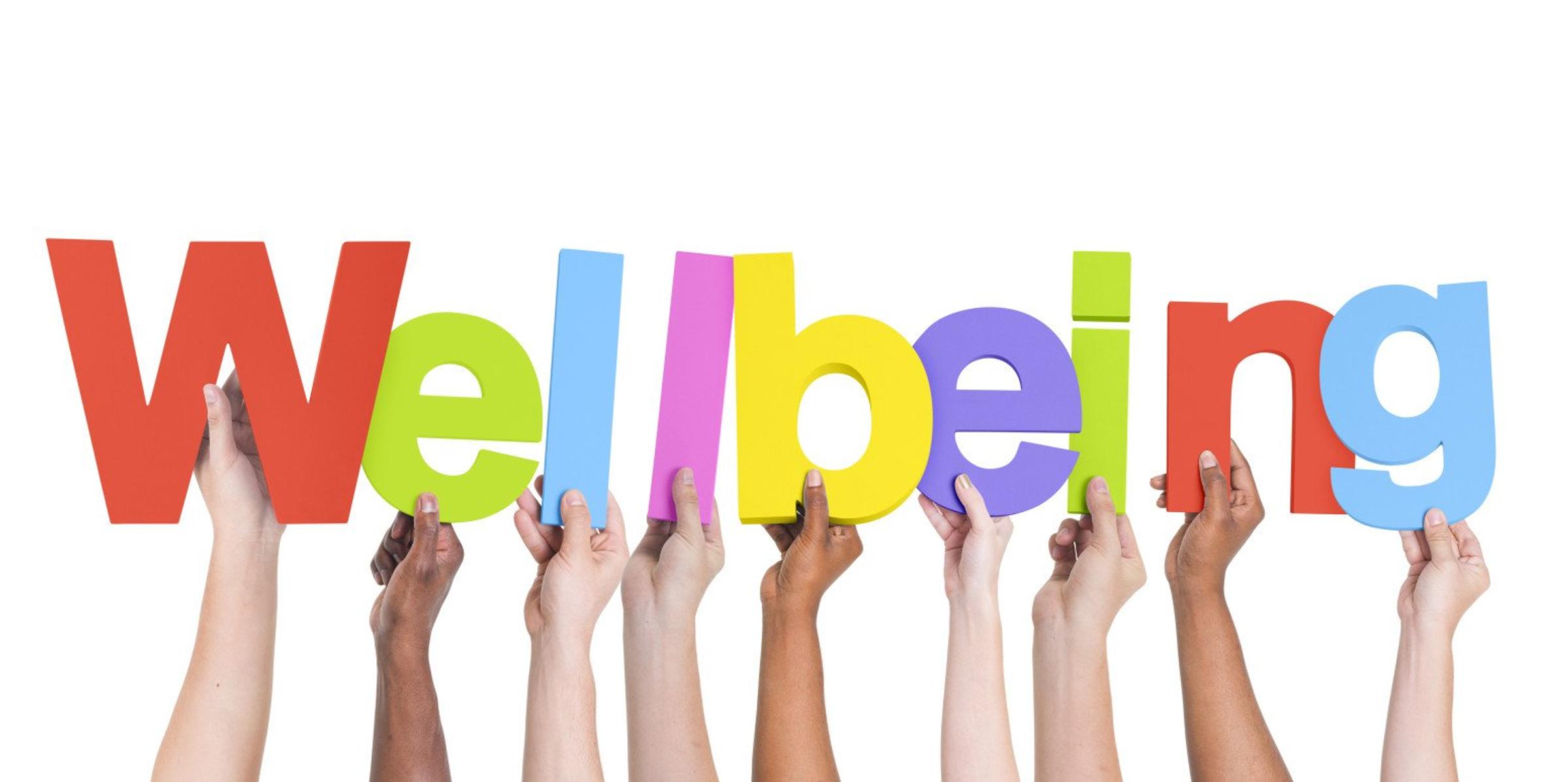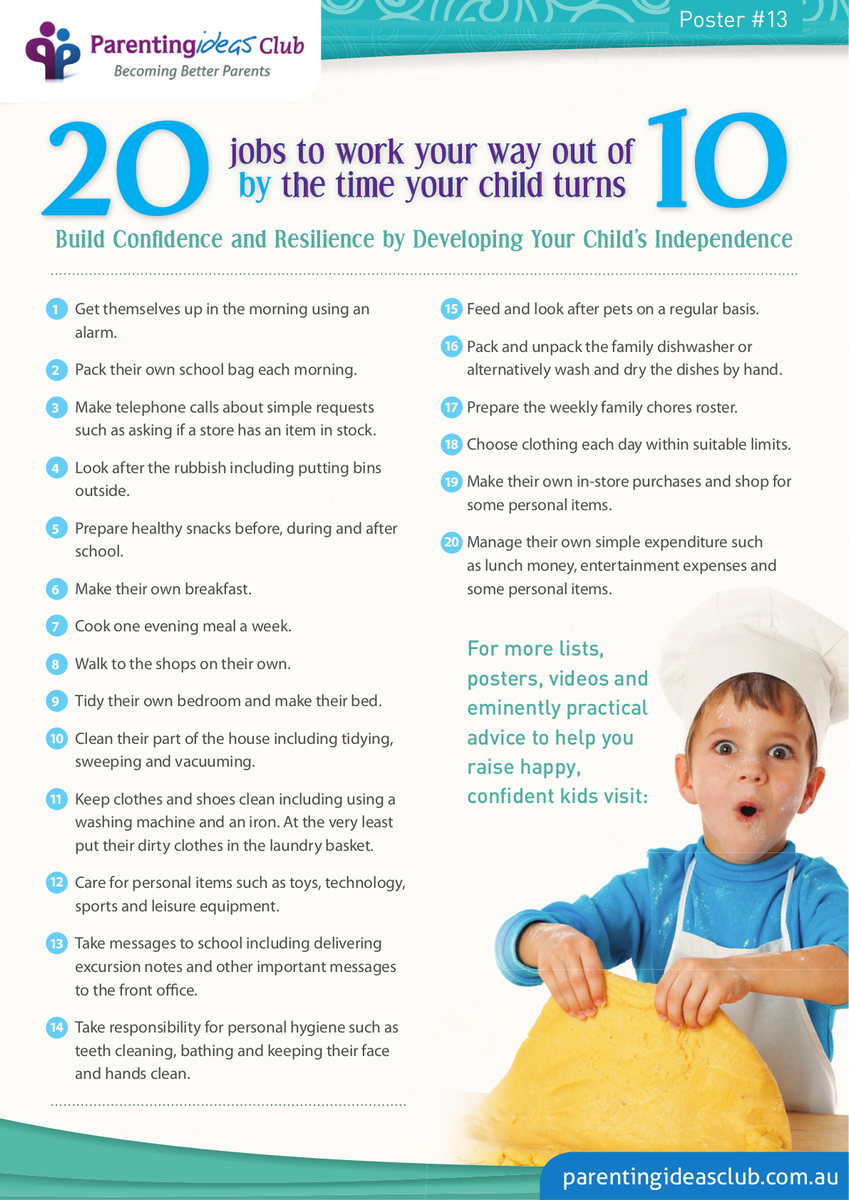Wellbeing

Wellbeing - Emily Murcott
What the data is telling us about our students / your children......
A few months ago students and parents were given the opportunity to undertake the Attitude to School Survey. Within this report we have data showing exceptional results. There is also showing where we can focus more attention to ensure our students are flourishing.
One particular area of focus is resilience. The data tells us that the majority of our students in grades 4-6 believe that they are low in resilience or normal resilience. So...let's do something about this.
Although we are just below similar schools, the schools in our network and the state, we only have a very small percentage of students who believe that they are resilient. We have just over half of our students in grade 4 - 6 who have 'normal' resilience, but we have just over a third of our grade 4- 6 students who believe they are low in resilience.
Throughout this term, in our Tribes sessions, we are focussing on discussing what strategies students can use when they are feeling sad, frustrated, angry etc. One particular activity involved making a 'self-soothe box'. This is for them to refer to so they can begin to calm and deescalate and the increase their positive emotions. They might have placed photos in the box/bag to reminisce about fun / happy memories, they may have placed a word find or colouring page with pencils in the box/bag to complete etc. We are developing their understanding of how to self regulate their emotions. This will help develop their resilience too.
What is resilience?
Resilience is the ability to bounce back after challenges and tough times. Resilient children can recover from setbacks and get back to living life. Resilience develops when children experience challenges and learn to deal with them positively.
This week in Tribes we have focused on exactly this. We watched a short clip (click here to watch) and after a discussion they played some games where students would evidently experience 'going out'. Further discussions were had about how it felt and how they showed resilience.
Following up at home with your children would establish this understanding. Especially when they are given an opportunity to recognise when they have been resilient. For example, when they have been asked to hop off the iPad, or not go on the iPad at that moment, when they ask for a sweet and are not given it, etc
Below are some tips from the Parenting Ideas Club, that may be helpful to develop your child's resilience. This is only a reference, and you may wish to implement a few of these ideas. All the best with your resilience journey.
Kindness Shout Out -
Last week we had two wonderful families who stop to assist and support a RHPS boy who had injured himself on his way to school. Thank you so much for your care and compassion.
Thankyou to the Peccenini family who contributed money towards the notebook program to support another family who were unable to financially contribute.
A shout out to Tash VZ who has been using the Harry Potter Coles promo figures to get food for Animal Aid. Also, to Joy S (Education Support Staff) who has been delivering these items to Animal Aid in Coldstream in her own time.




